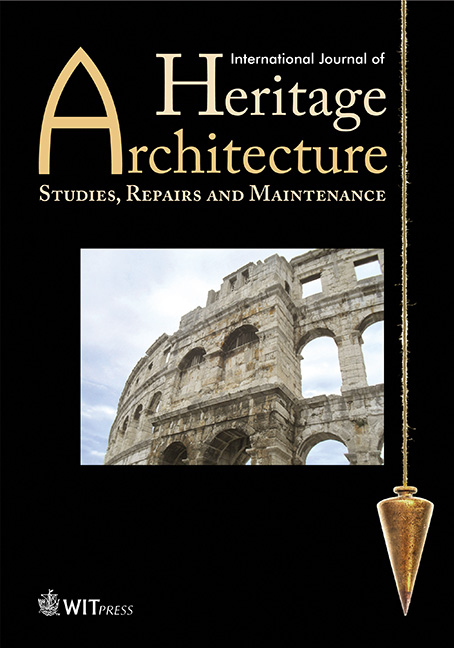Conservation of military heritage: The defensive wall of Cartagena de Indias, Colombia
Price
Free (open access)
Volume
Volume 1 (2017), Issue 1
Pages
8
Page Range
27 - 35
Paper DOI
10.2495/HA-V1-N1-27-35
Copyright
WIT Press
Author(s)
A. GuIDA, A. PAGLIuCA & C. FATTORE
Abstract
The city of Cartagena de Indias (in the north of Colombia) boasts the largest and one of the most complete military defence systems of South America. Defined as ‘the Pearl of the Caribbean’ for its colonial characteristics and for its strategic location, it was the unquestioned leader in the routes of exploration of the West Indies. It is an example of the Italian and Spanish school of military engineering; it was conceived and designed by Battista Antonelli and built by his cousin Cristobal de Roda. Both of them contributed to the development of the system called ‘abaluartado’, typical of Central and South America, opening the ways to modern military systems. During 1700 reforms were enacted to strengthen the fortifications in Cartagena de Indias, which required significant changes to the characteristics of the walls. In 1966, the Spanish historian Juan Manuel Zapatero wrote a series of guidelines for the preservation of those walls. The walls have a simple and regular shape in which each block, with its geometric variation, forms the thickness of the wall, realized using a local stone called ‘caliza’; this stone is of coral origin and rich in water. The preservation of a monument is not just its own conservation, in recognition of its historical and cultural value or in the characterization of its degradation. A monument could be used by the people, with a new awareness, that will ensure the survival – over time – of the historical memory of the past, going over the logic of the ‘crystallization’ of the monument in a museum of itself.
Keywords
conservation, defensive system, historical analysis, preservation, technological characterization.




